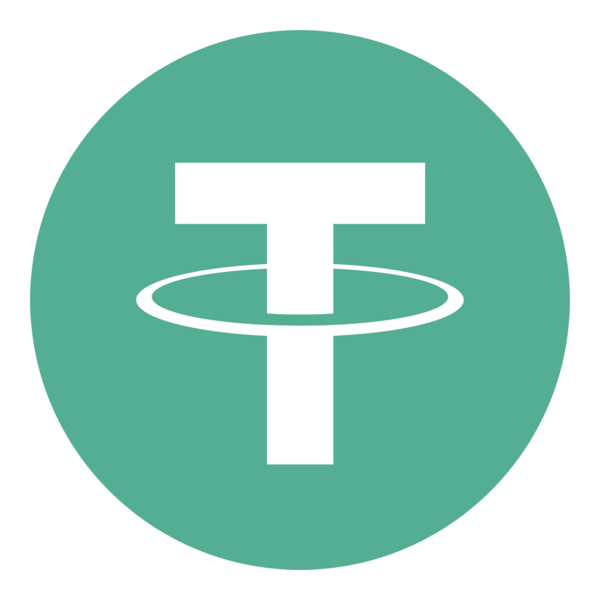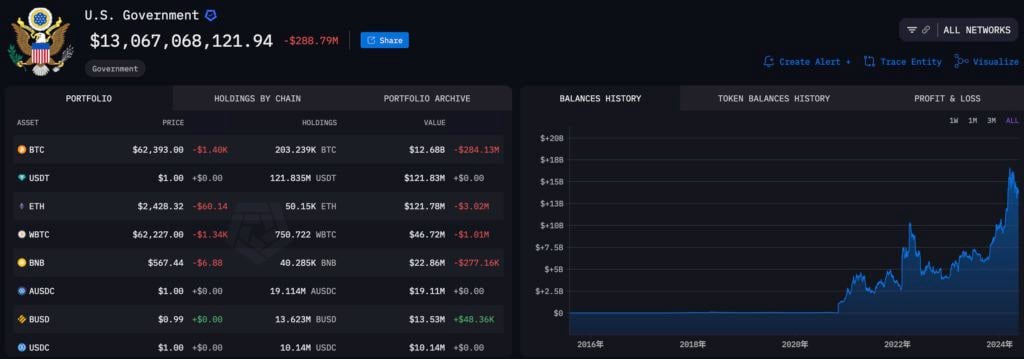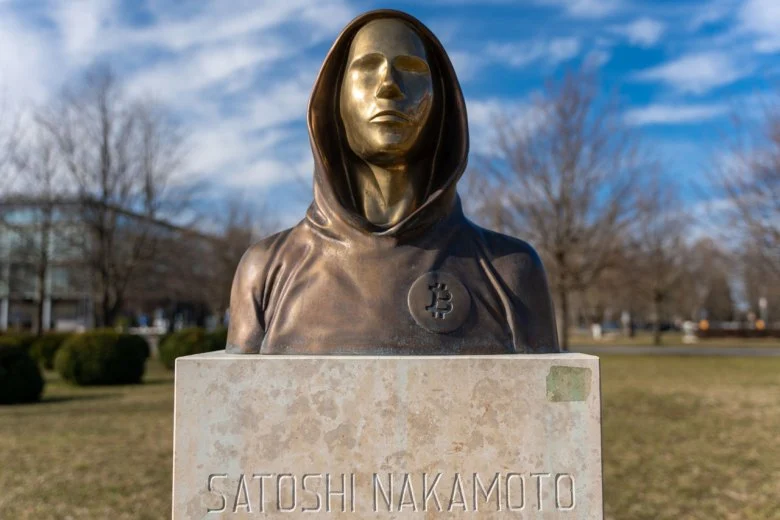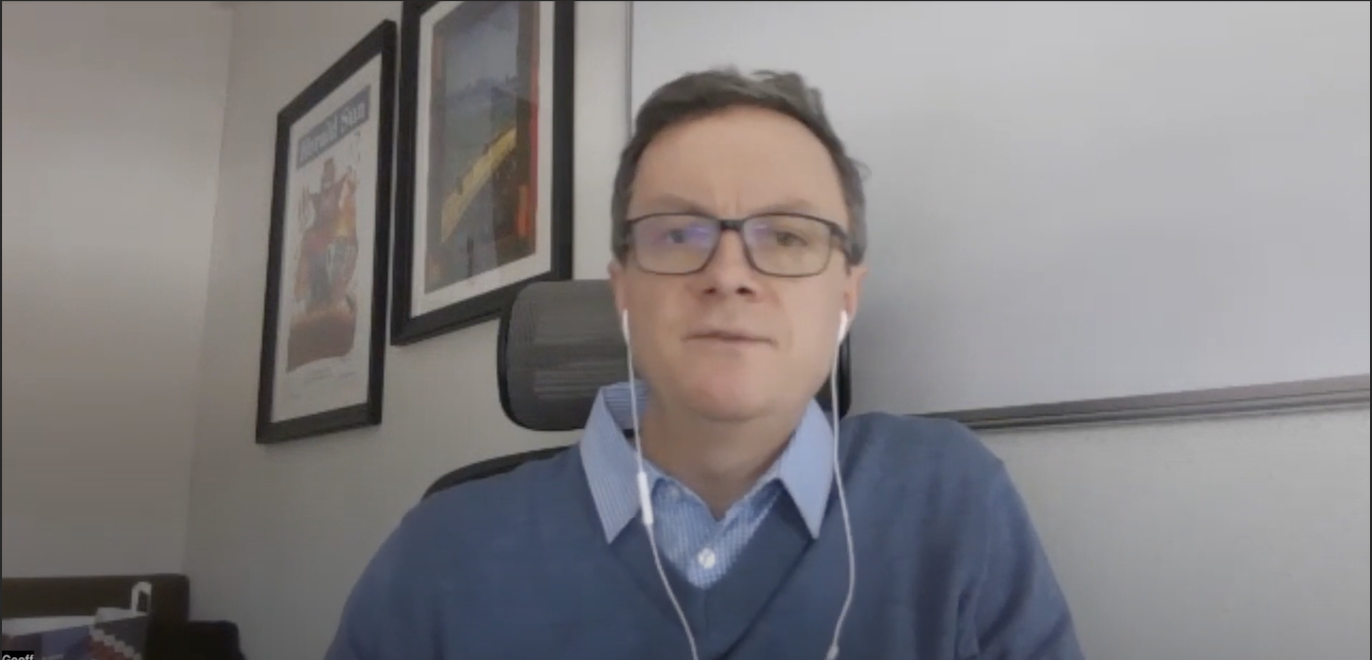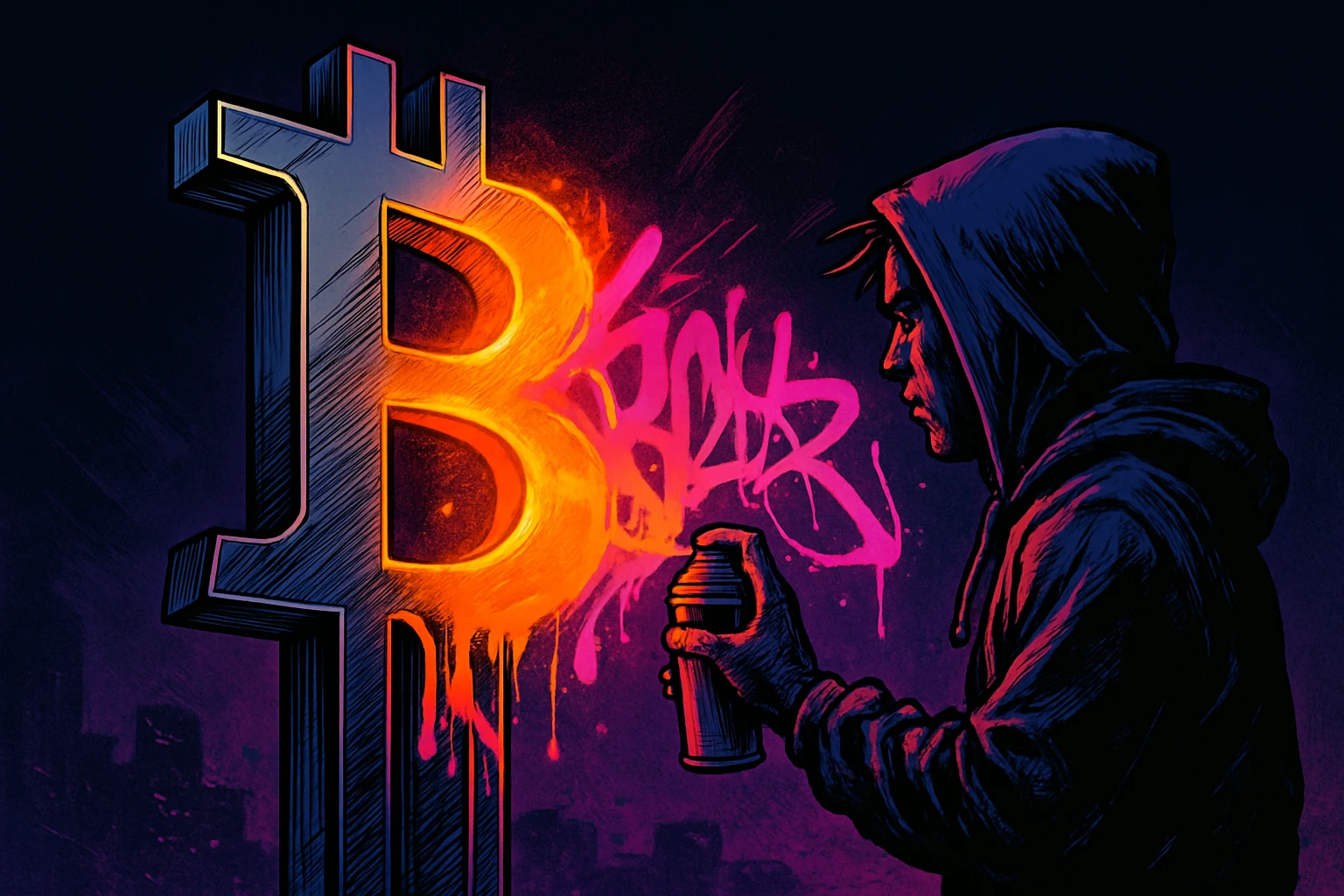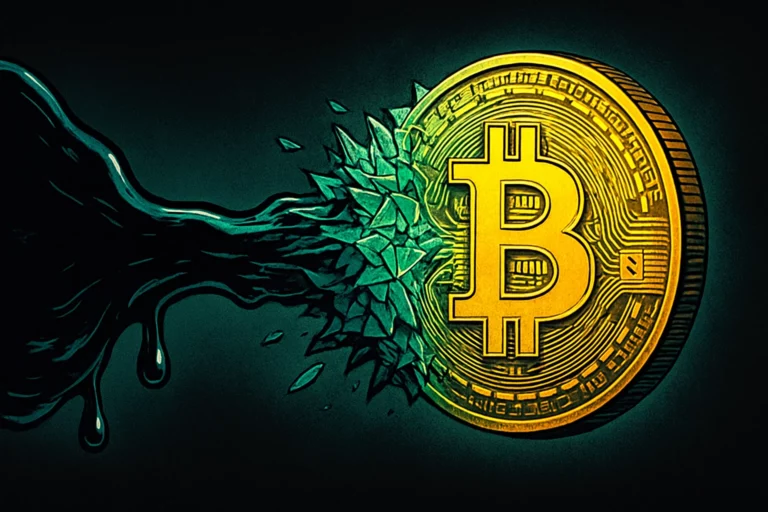Trump promised a $2,000 “tariff bonus” to everyone, but fiscal deficits, inflation, and legal challenges have emerged simultaneously
. (Background: Trump promised a $60,000 tariff bonus to everyone; is he throwing money at the problem after his crushing defeat in local elections? )
(Additional background: Eric Trump, Trump’s second son: I’m “all in” on Bitcoin! The wealthiest families, foundations, and Fortune 500 companies all want BTC )
![图片[1]-Trump calls for a $2,000 handout to everyone: Only an idiot would oppose tariffs; US Treasury Secretary stunned: We didn’t discuss it with him.-OzABC](https://www.ozabc.com/wp-content/uploads/trump-tariff-dividend-2000-pledge-800x533.webp)
beautifulPresident Trump dropped a bombshell on Truth Social yesterday (9th), announcing that tariff revenue would be returned to the American people, with each American receiving “at least $2,000” in cash. This post not only carried the fiery tone of “People that are against Tariffs are FOOLS!”, but also instantly pulled Wall Street, Silicon Valley, and Congress into the same vortex. In just a few hundred words, he bundled tariffs, stimulus checks, and debt reduction into one package, prompting the market to quickly assess the feasibility and risks.
![20251109234430-8330bd48 | Dongqu Dongqu - The Most Influential Blockchain News Media 图片[2]-Trump calls for a $2,000 handout to everyone: Only an idiot would oppose tariffs; US Treasury Secretary stunned: We didn’t discuss it with him.-OzABC](https://www.ozabc.com/wp-content/uploads/20251109234430-8330bd48-1024x576-2.jpg)
Two thousand dollar checks: Online buzz and initial market reaction
Trump’s post also emphasized “extremely low inflation and record-high stock markets.” He included a chart showing record-breaking US investment, claiming that tariffs brought in “trillions of dollars” in revenue. The news immediately split social media: supporters expected immediate cash inflows, while opponents mocked, “Just take Trump money.” While financial markets didn’t experience dramatic fluctuations, analysts generally described the situation as “wait and see,” as the method and eligibility for the cash disbursement remained unclear.
Fiscal estimates show a huge deficit.
On paper, there are approximately 150 million adults with an annual income below $100,000. $2,000 per person would mean the government would need to allocate nearly $300 billion. Economists estimate that while the total tariffs could reach $300-400 billion, after deducting the drag from other taxes, the net increase would only be about $90 billion, far less than what is needed for universal distribution.
When asked about this on ABC’s “This Week,” Treasury Secretary Scott Bessent replied that he was unaware of the matter and had not discussed the idea with the president.
This $2,000 bonus could come in many forms, and there are many ways it could be the tax cuts we’re currently seeing in the president’s economic measures, such as tax exemptions on tips, overtime pay, Social Security benefits, or deductible car loan interest.
However, facing fiscal pressure, he seems more inclined to respond through tax cuts, such as tax exemption for tips or adjustments to the taxation of overtime pay. In other words, while the slogan is “direct cash handouts,” in practice it may turn into complex tax system adjustments.
Tariffs are essentially taxes levied on imported goods, and businesses typically pass on these costs to the final selling price. Experts warn that simultaneously issuing cash stimulus to boost consumption could create a double effect: prices are driven up by tariffs, while the cash stimulus further strengthens demand, leading to a new round of inflation. Trump’s simultaneous promise to use the same money to issue cash stimulus and reduce the national debt by $37 trillion raises concerns among investors about the policy’s reliability, as these two goals are mutually exclusive.
The Supreme Court and Congress become the final hurdle
The most pressing issue right now is the legality of the tariffs themselves. The Supreme Court is reviewing whether the president’s invocation of the International Emergency Economic Powers Act (IEEPA) to impose tariffs exceeded his authority. Case records show that lower courts previously ruled that the executive branch had overstepped its bounds. During oral arguments on November 5, several justices cited the “major issue principle,” arguing that tariffs are akin to taxes and should be authorized by Congress. If the Supreme Court ultimately overturns the basis of the tariffs, the bonus program will lose its funding source. Even if the ruling is passed, the general distribution still requires Congress to write checks. Given the partisan divide, the passage of the $300 billion appropriation is not optimistic.
In conclusion, Trump’s $2,000 stimulus package was a clever populist catalyst: it used an immediately conceivable amount to engage voters, while simultaneously tying the legality of tariffs to his own political fate. However, the interconnected fiscal deficit, inflationary pressures, and judicial scrutiny will determine whether this money will actually translate into cash. Wall Street traders and Silicon Valley entrepreneurs are now watching closely: will this multi-faceted battle, with its political, financial, and legal undertones, ultimately result in either cash in hand or lingering in the clouds?




